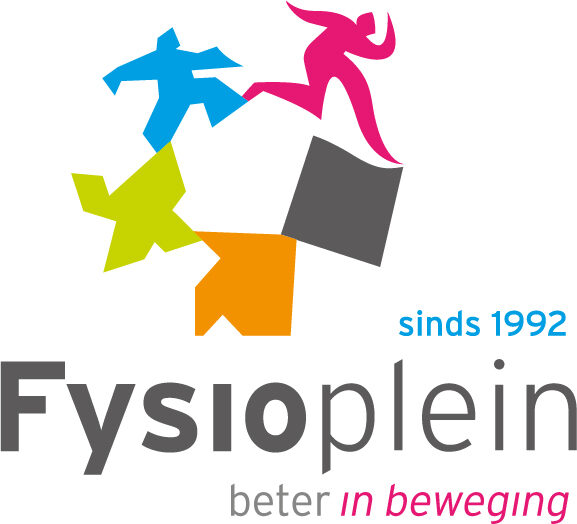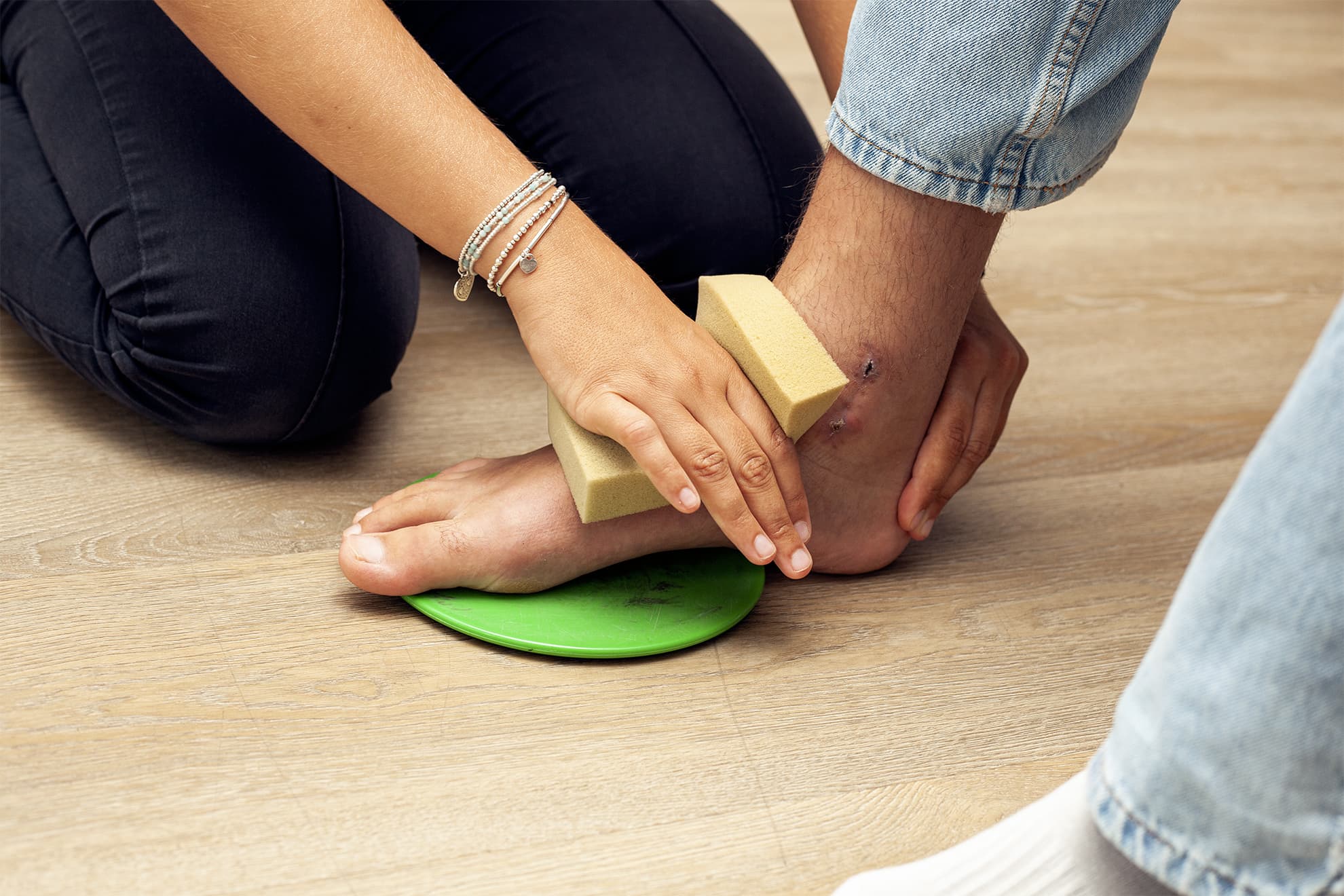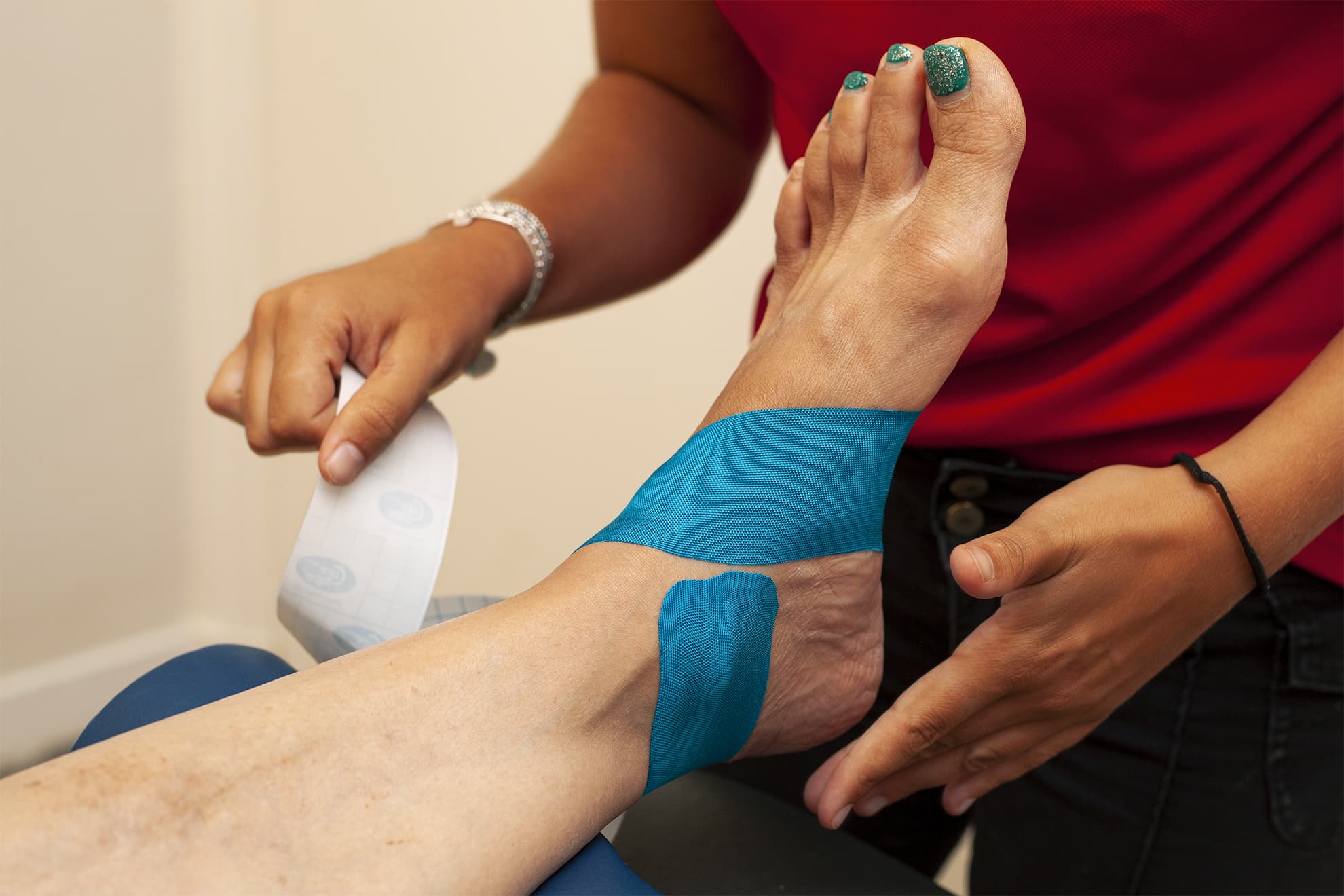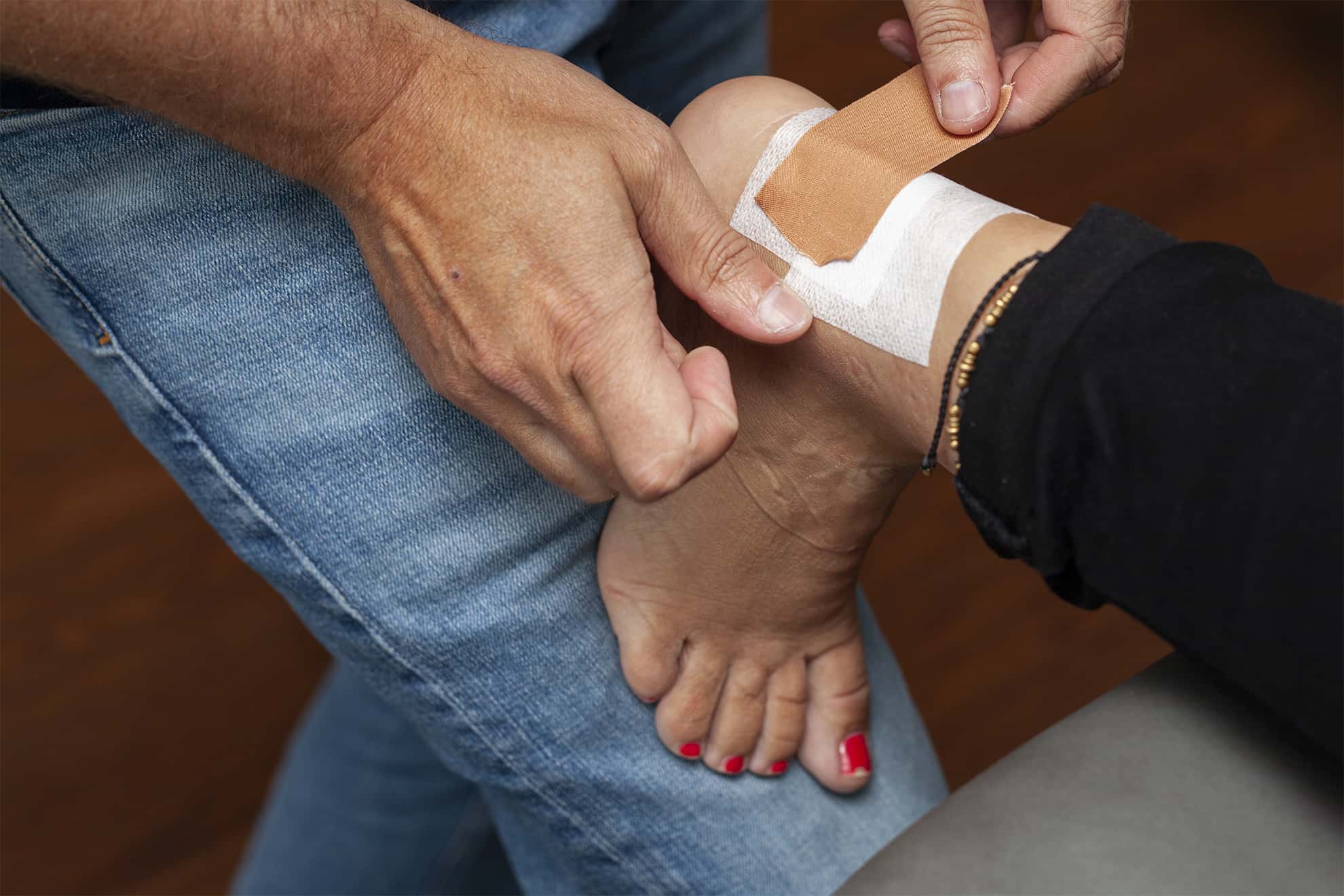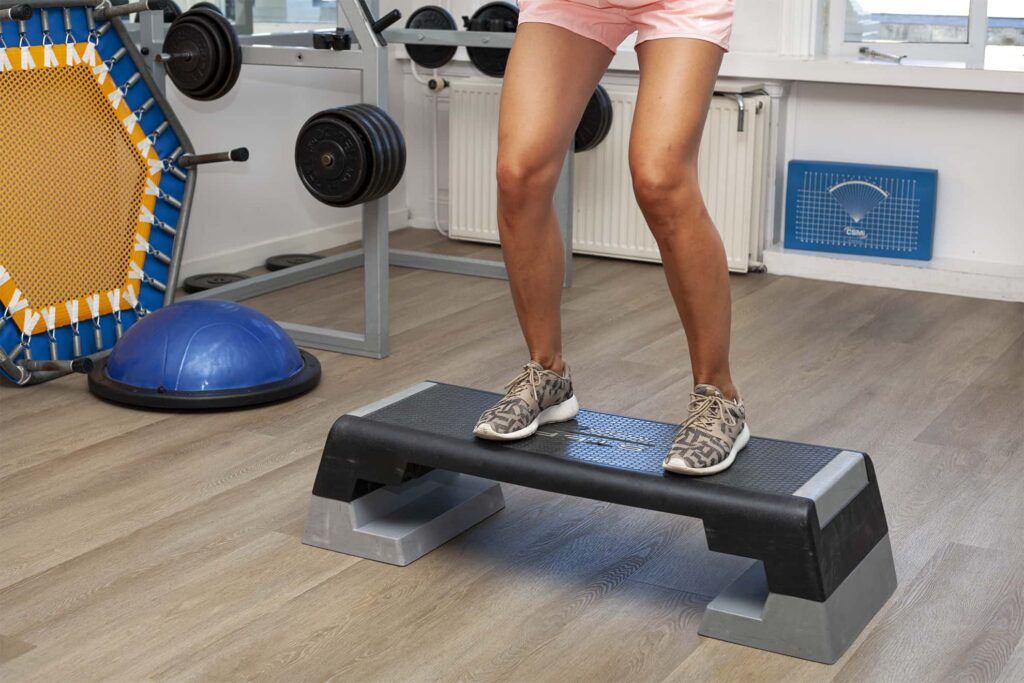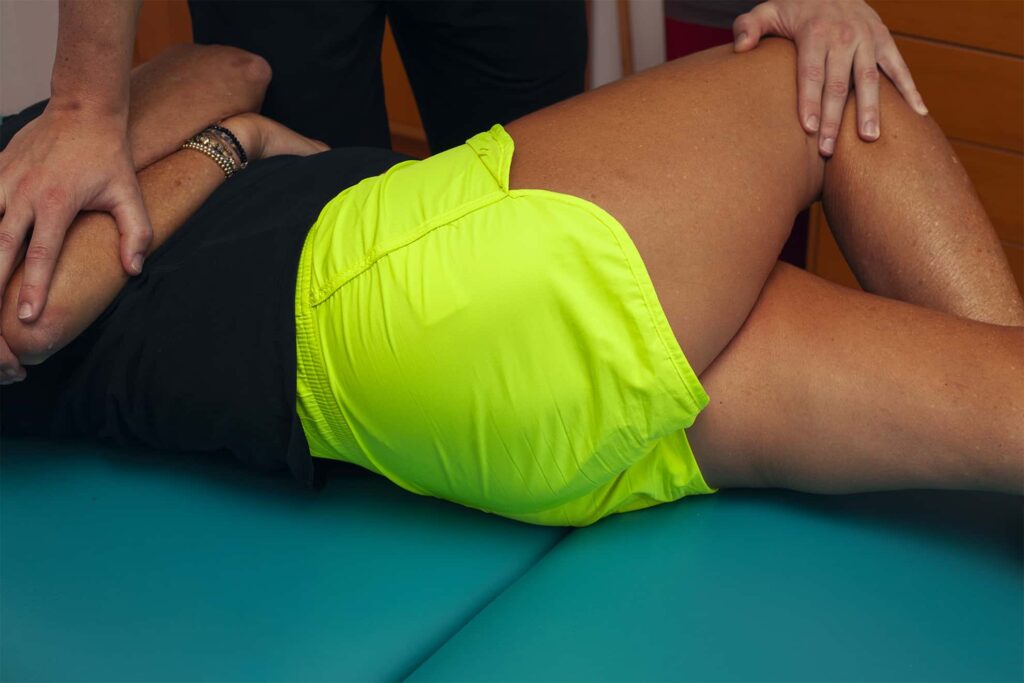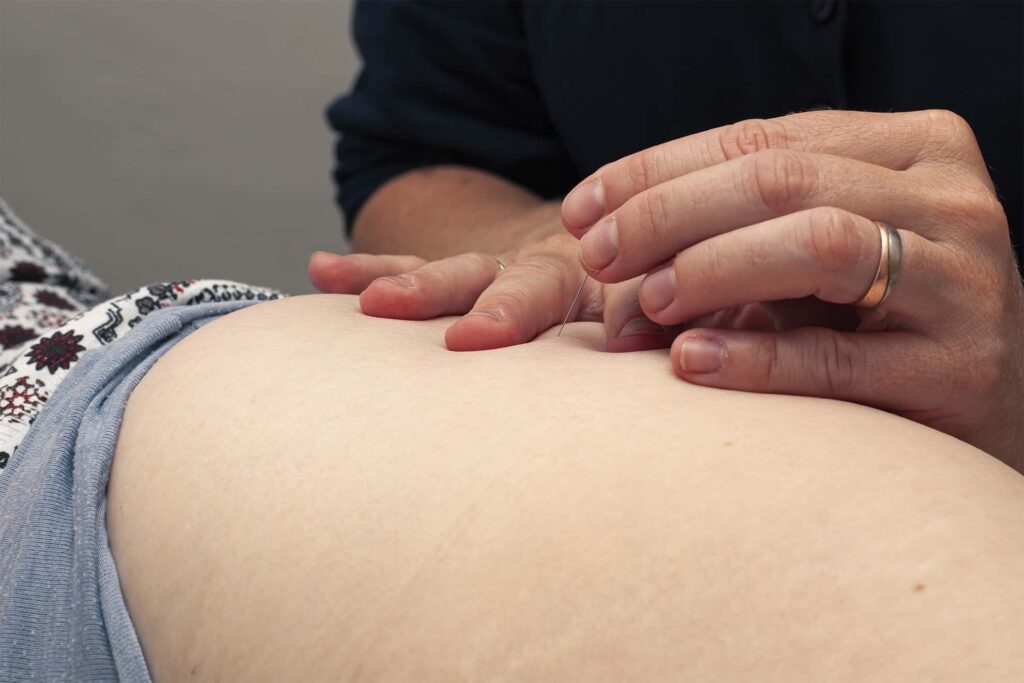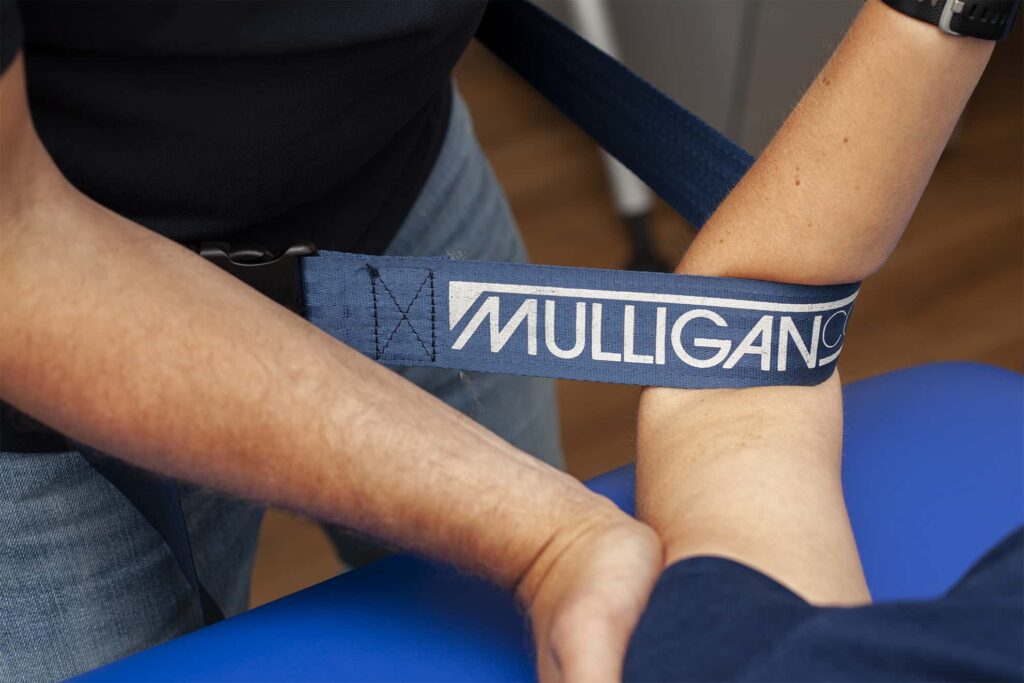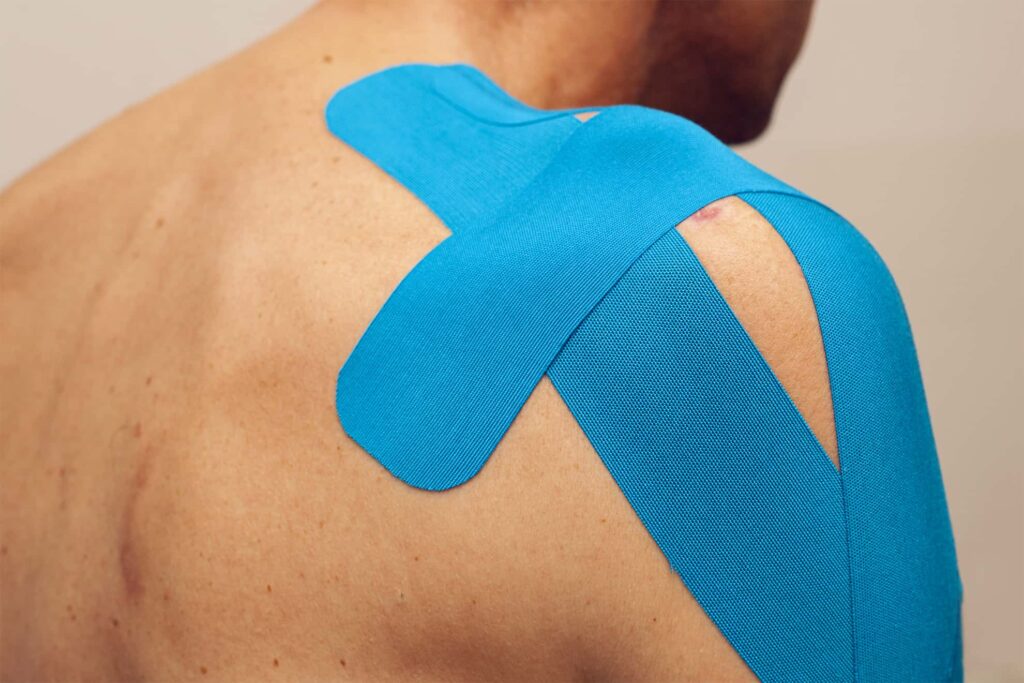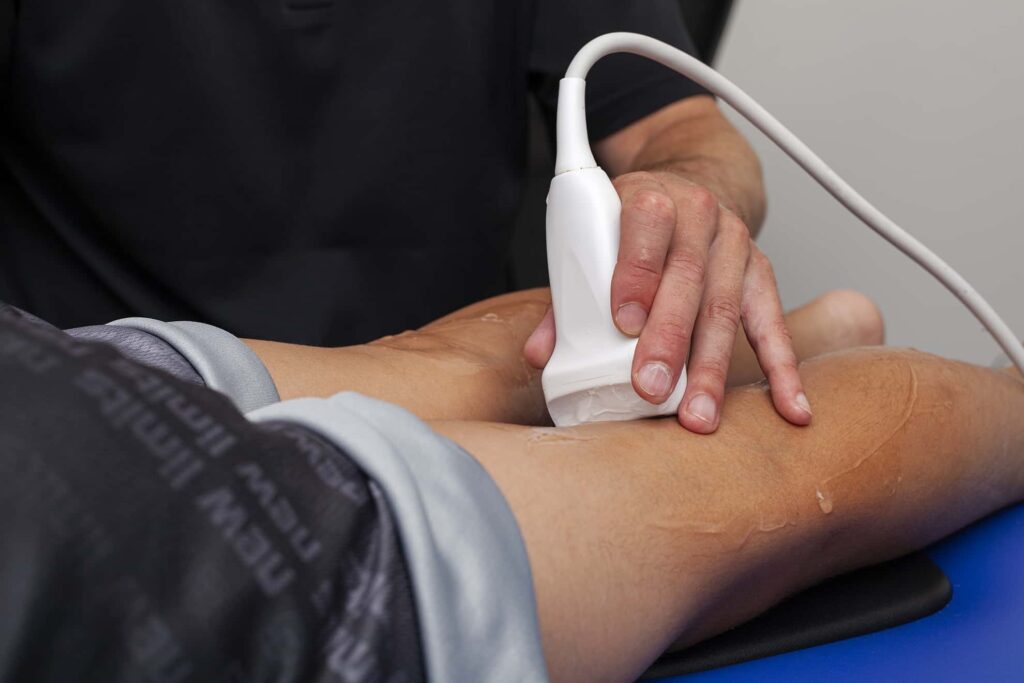This site uses cookies so that we can offer you the best possible user experience. Cookie information is stored in your browser and performs functions such as recognizing when you return to our site and helping our team understand which areas of the site you find most interesting and useful.
Ankle complaints
Ankle complaints are common and can be treated well with fysiotherapy. Click here to make an appointment to have your ankle complaint assessed.
During the intake, the fysiotherapist with you to the possible cause of the complaints. Then a recovery plan is made.
All about ankle complaints
Ankle complaints can be caused by overload, trauma or surgery. A common ankle complaint is a sprained ankle, but Achilles tendon complaints are also common. You then have pain around the ankle or at the level of the Achilles tendon. This complaint can be treated with fysiotherapy.
The sooner you start with fysiotherapy after a sprained ankle, the faster you recover and you can function pain-free again. During rehabilitation after a sprained ankle, the emphasis is on the reduction of pain and swelling, improvement of mobility, coordination, balance and strength.
In the case of Achilles tendon complaints, it is first determined whether it is a tear of the tendon or an overload. This can be easily mapped out with ultrasound. If there is a large tear, we ask the GP for a referral to a traumatologist for further assessment and a plan of action. If it concerns overloading of the Achilles tendon, we will immediately start with fysiotherapy.
If you have had surgery on the ankle or Achilles tendon, it is important to start with fysiotherapy at the time that the treating physician gives permission for this. The same applies after a period of plaster in the event of an ankle fracture or Achilles tendon tear. The focus is on reducing pain and swelling, improving mobility, coordination, balance and strength. Fysioplein has extensive experience with this complaint. We can guide you well during your recovery.
We have developed a care plan especially for people with ankle complaints. The care plan is a personal treatment plan, in which your treatment process is tailored to your complaints. After performing a number of tests and completing questionnaires, it is determined which care plan is most suitable. There are special test and measurement instruments to measure the effects of the treatment.

Specific ankle complaints

Other complaints?
If your complaint is not listed on our site, please contact us. Based on a conversation and physical examination, assess what may be the matter. Then we can draw up a plan of action with you.
Our approach
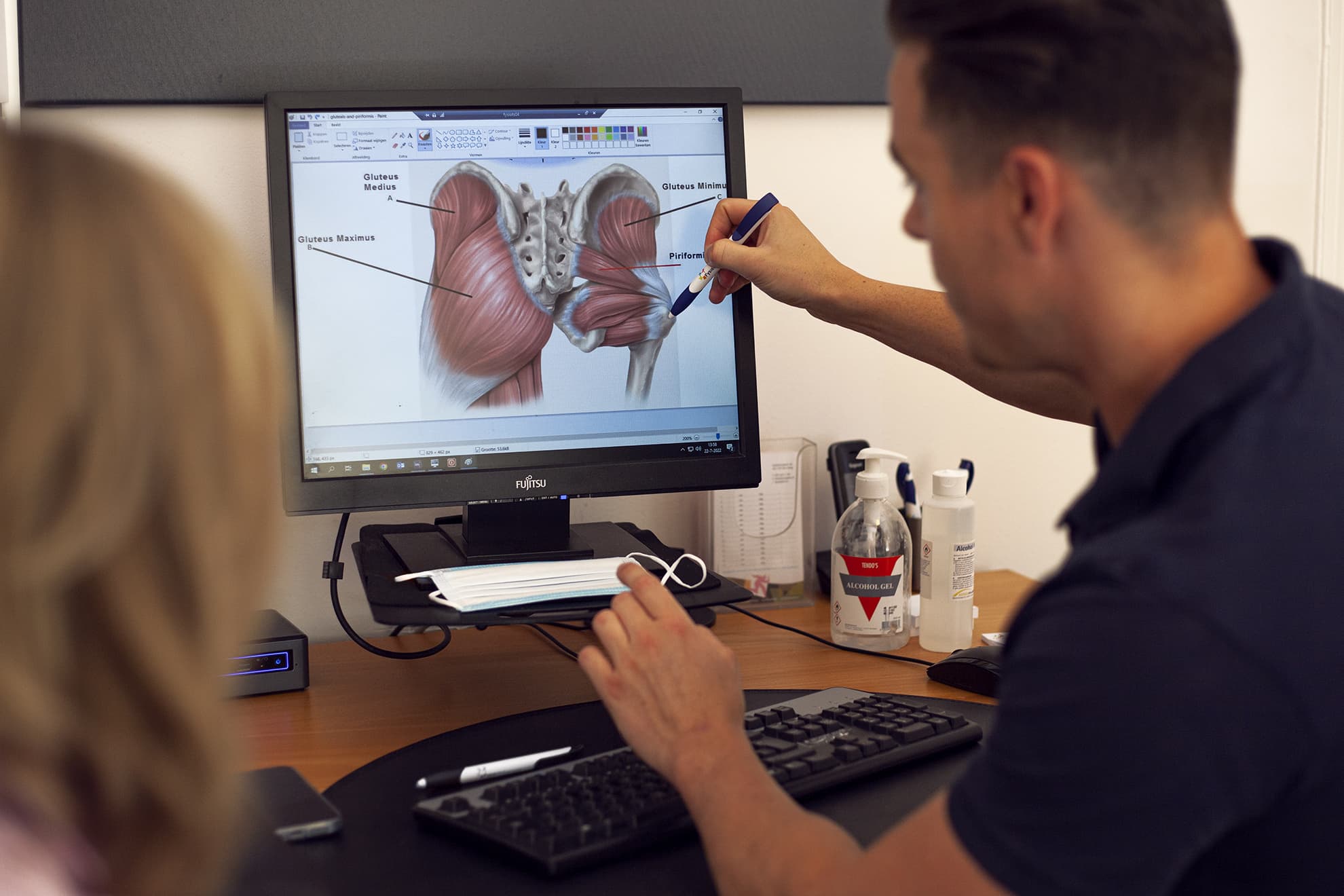
Intake
During the intake, your ankle problem will be mapped out on the basis of an interview and a physical examination.
Treatment plan
After the intake, a treatment plan is discussed, which states which therapy is most suitable. Then a plan is made.
Therapy
If you have ankle complaints, you will be treated according to one of our care plans. This care plan has been specially developed for ankle complaints and shows good results.
Measuring moments
Tests are taken at fixed times and questionnaires are completed to monitor your rehabilitation. The outcome is discussed and the treatment plan adjusted if necessary.
Treatments for Ankle Complaints
Gait analysis and/or shoe advice
During the gait analysis, your old shoes will be assessed. You have to walk up and down in front of the camera a few times to film and analyze your walking pattern. You then walk barefoot in front of the camera several times and, if necessary, in corrected shoes to judge the difference. The gait pattern is then assessed frame by frame to determine whether there is compensation from the feet, knees and/or hip/pelvis and appropriate shoe advice can be given.
